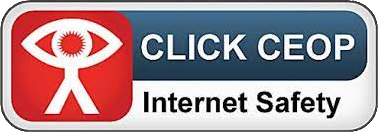Design and Technology
Design and Technology should be the subject where mathematical brainboxes and science whizz kids turn their bright ideas into products.
James Dyson
In Years 7, 8 and 9 students explore various materials and their properties through the use of specialist tools, equipment and machinery.
This is linked to the study of new and emerging technologies and understanding how the past inspires tomorrow. Computer Aided Design is used to help students develop and model their ideas, where products are then tested and evaluated for their intended user.
Year 9 investigate the “Impact of light” combined with the challenges of how we utilise space where we live and work. Students’ learning links in to industrial methods in the design and making of their prototype.
KS3 Design and Technology
At KS3 students are taught the following:
|
Year 7 |
Year 8 |
Year 9 |
|---|---|---|
| Health & Safety | Movements in Design | Understanding Consumer Needs |
| 2D to 3D Modelling | Techniques and Processes | Importance of Prototypes |
|
Exploring the relationship between nature and design |
Exploring Metals and Plastics | Electronics |
| Properties of wood | Jewellery | Links to industrial skills |
| Development of a light product |
KS4 Design and Technology GCSE
We live in a world of developing technologies, where curiosity and discovery go hand in hand, to meet the needs of humans and improve the systems and products we use.
Studying Design and Technology is an opportunity for students to explore ideas, research from the past and creatively think of how lives can be improved in the future, through investigating, designing and the making of their own prototypes.
These objectives are met in the units studied by students in Year 10:
- Design and Technology in our world
- Smart materials
- Electronic systems and programmable components
- Materials (paper & boards, timber, metal, polymers and textiles)
The importance of cross-curricular links to STEM (Science, Technology, Engineering and Maths) principles are also strengthened within the course.
In the summer term of Year 10, the exam board Eduqas releases the “Contextual Challenge” for Component 2.
This will provide students with the freedom and opportunity to really explore possibilities around research, design innovation plus analytical skills and their making.
Assessment
- 50% non-examined assessment (NEA) project
- 50% written examination
Progression routes
The study of Design and Technology can lead to future careers in architecture, engineering, product, fashion and interior design, medicine, aeronautics ... in fact anywhere you choose to apply it!
The Curriculum Deputy Headteacher, Ms J Foster, will be happy to supply further detail and more information if required.
Please contact her at ecsgeneral@enfieldcs.enfield.sch.uk or telephone 020 8363 3030.
